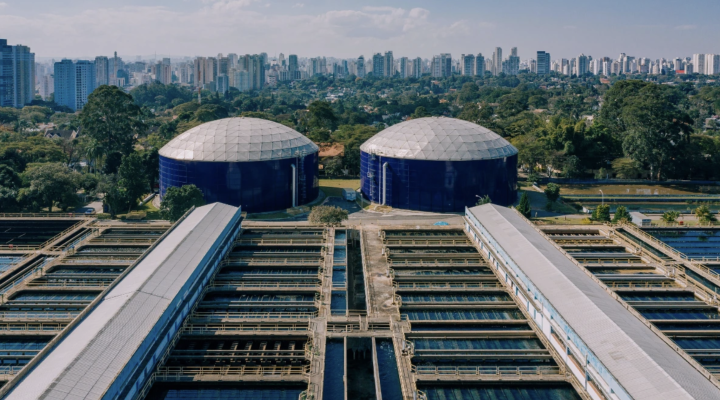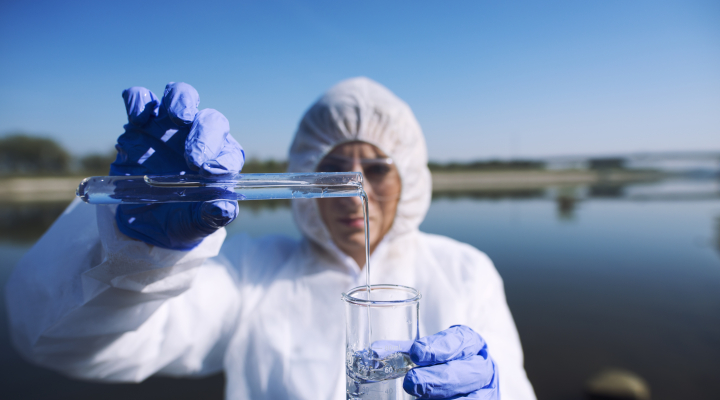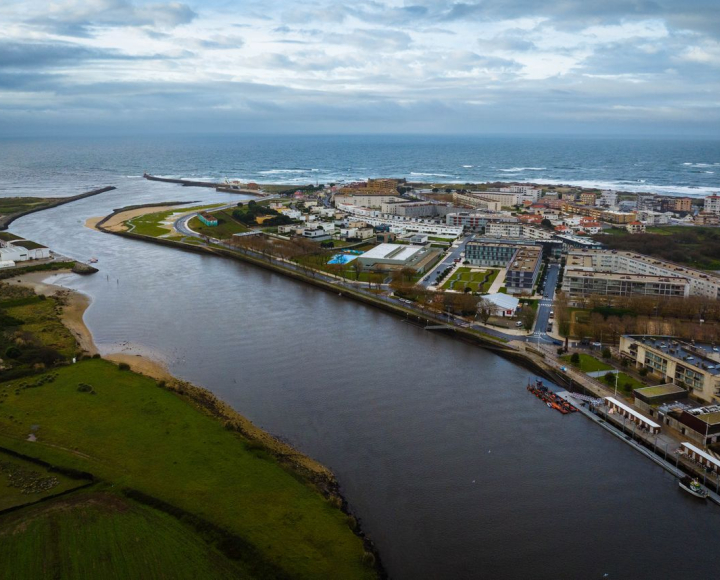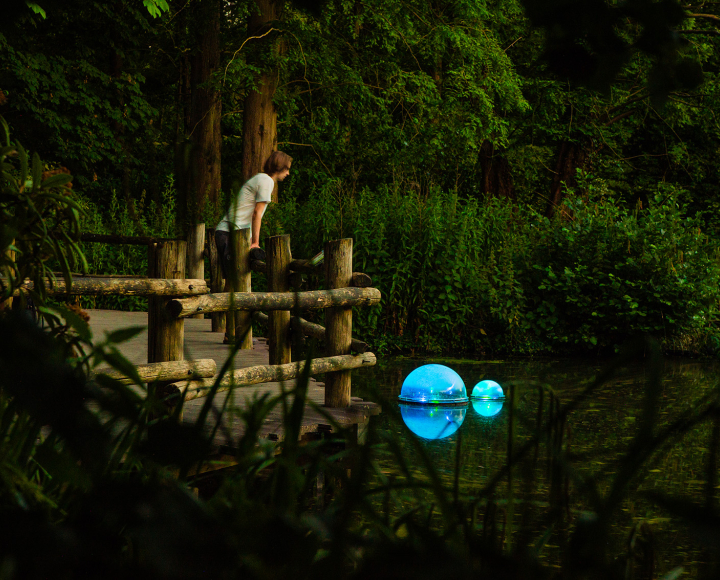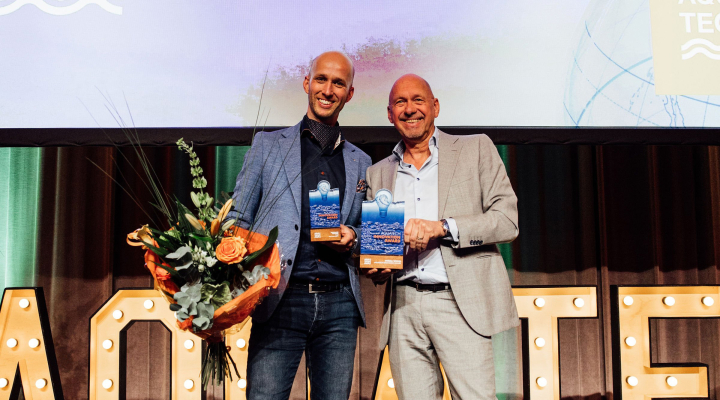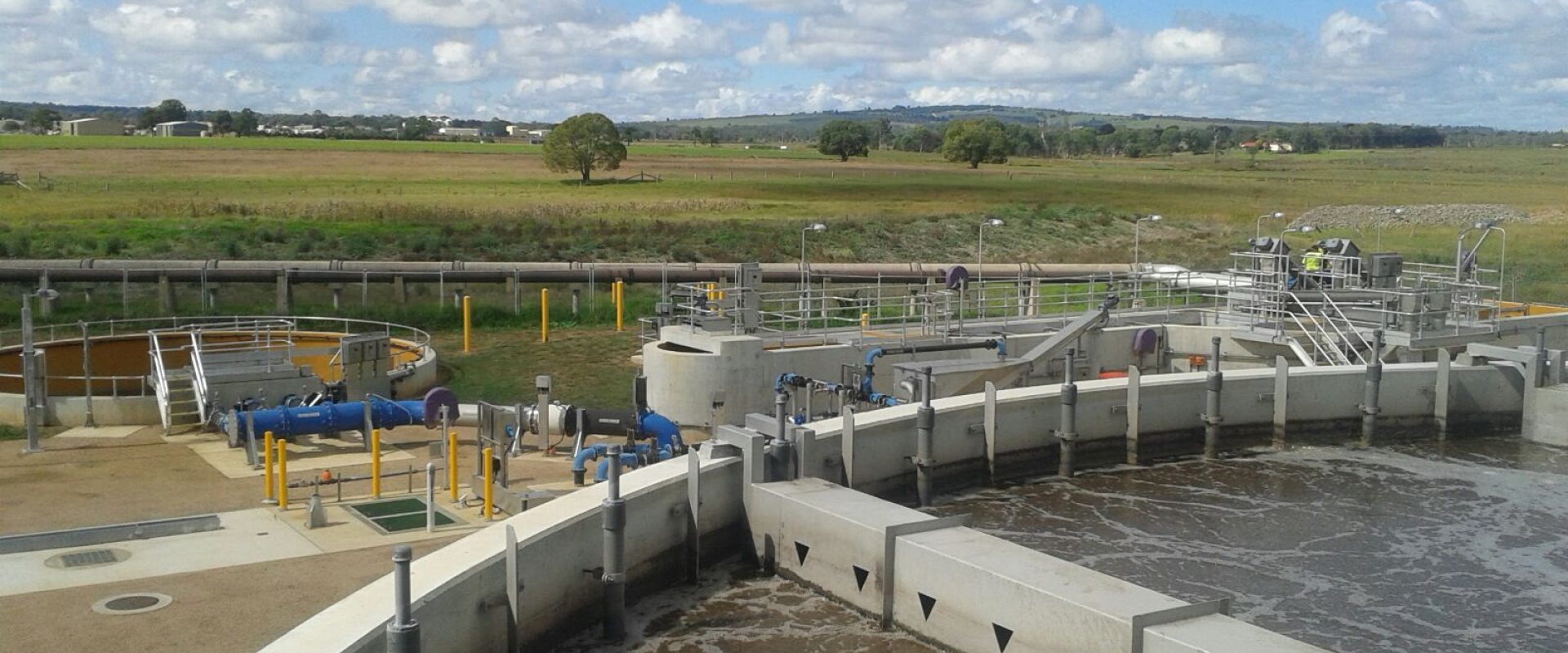
Australian sport fields stay green with Nereda treated waste water
Australia’s first Nereda Waste Water Treatment Plant at Kingaroy, Queensland, has recently reached its full capacity, producing an effluent of 2.6 million liters per day. During the summer, half of this cleaned waste water is reclaimed and used to green the sport fields of the local municipality.
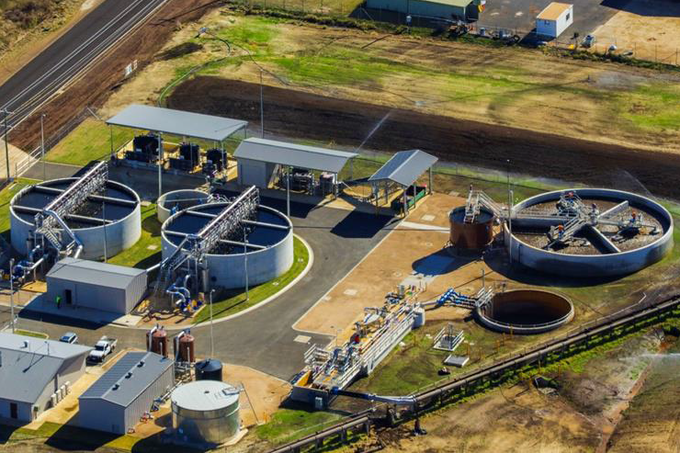

Outdated WWTP plant
In 2016, Nereda technology made a big impact with its first Australian plant. The original Kingaroy Waste Water Treatment Plant (WWTP) was outdated; both in its capacity handling and operational efficiency. The old plant, built in the 1940’s, consisted of two primary settlement tanks, two biofilters, two humus tanks, a secondary clarifier, a chlorine contact tank, three lagoons and a final pond, with the purified effluent finally being expelled into the River Stuart.
The site had been adjusted over the years to meet the demands of an increasing population, but an upgraded design was now needed to serve a population equivalent of 11,000. The operator, South Burnett Regional Council, decided to build a new plant based on Nereda advanced biological treatment technology.
In 2016 the new build Nereda plant started to treat its first waste water treatment, significantly improving the removal of nutrients, bacteria and pollutants.
Better effluent
The Nereda plant has now reached a maximum output of 2.6 million liter per day. During the summer, up to half of this effluent is reused for recycled water reclamation to irrigate sporting grounds in the area, including sporting fields and the Kingaroy Golf Club, one of the longest running golf clubs in the region.
This provides great benefits for the regional community; reducing water loss on these green spaces from evaporation and ensuring the public can continue to enjoy keeping active, even during the dry summer months.
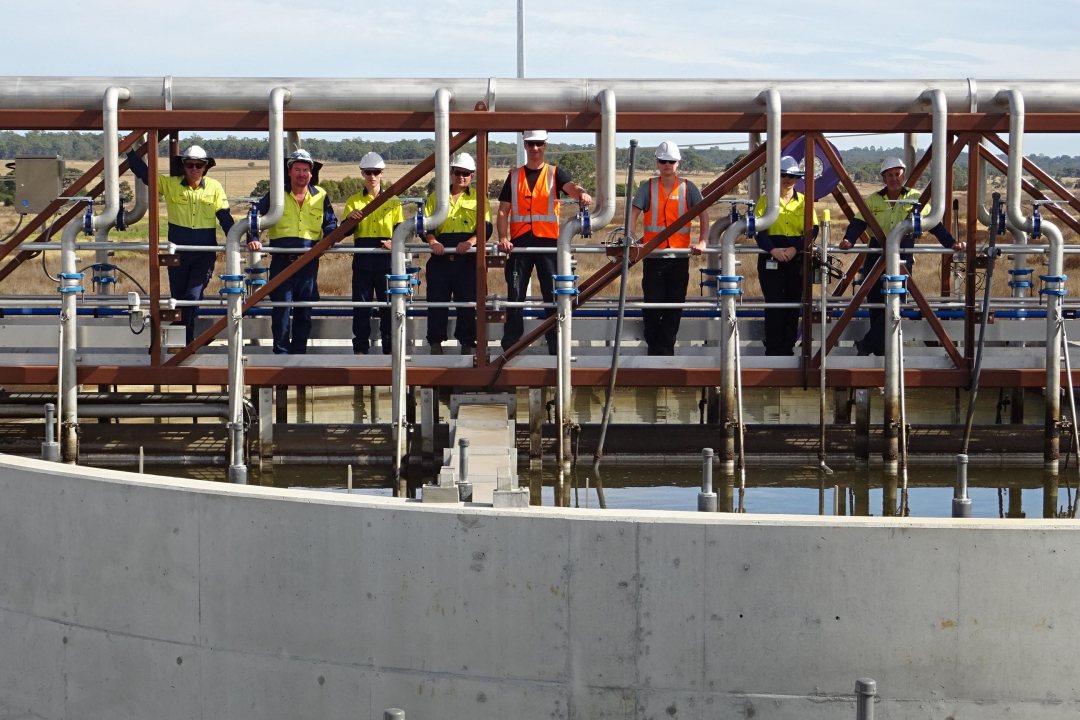

One reactor
All of the processes for the liquid stream at the Kingaroy WWTP are now started and the treatment is completed within one reactor.
This equates to lower investment costs required for the operation of the site, as there are no moving parts within the bioreactor; greatly reducing the energy costs to the environment.
According to supplier Royal HaskoningDHV only one additional reactor is needed, in case the town grows and more treatment capacity is needed.





